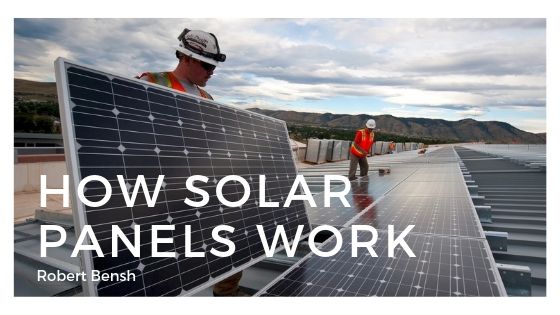The cost of solar energy has dropped significantly over the last several years, making it more accessible to almost everyone. Although the popularity of solar panels has risen, many people still don’t understand how they work or how they connect to the larger power grid.
What Are Solar Panels?
Solar panels, or solar modules, are made up of a layer of silicon cells, a metal frame, and the necessary wiring. The cells are enclosed in a glass casing for protection. Each panel includes a layer for insulation and a black sheet. These elements help protect against heat dissipation and humidity. When the light hits the silicon, it causes the silicon’s electrons to start moving. This initiates the flow of an electrical current. Known as the photovoltaic effect, this electrical current is the basis of how solar panels function.
Some solar panels also have an anti-reflective coating. This boosts the amount of sunlight the panels can absorb.
How They Work
The process begins when the solar panels absorb sunlight with photovoltaic cells. They then convert these cells to alternating current (AC) energy through inverter technology. AC energy is the energy used by most appliances, so the DC electricity created by photovoltaic cells must be converted first in order to be usable. The energy then moves to the home or other building’s electrical panel and is then distributed from there. Any unused energy is then fed to the electric grid.
How Solar Panels Connect to the Power Grid
Once solar panels are installed, they are normally connected to the building’s utility meter. This meter measures how much energy a company provides to power the building. By using net metering, people can send any excess energy to the power grid in exchange for credits towards their electric bill. For example, on a sunny day, the solar panels may produce more energy than a home can use. This is then transferred to the power grid. During periods of low energy production, people can use the credits they earned to pull electricity from the power grid. Storing solar energy is difficult, so net metering provides the solution to cloudy days when the grids don’t produce as much power.
If they’re aware of how they work and connect to the main power grid, many homeowners can benefit from the installation of solar panels.

